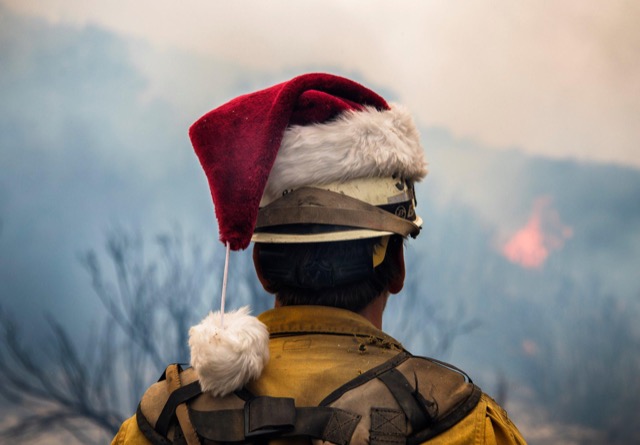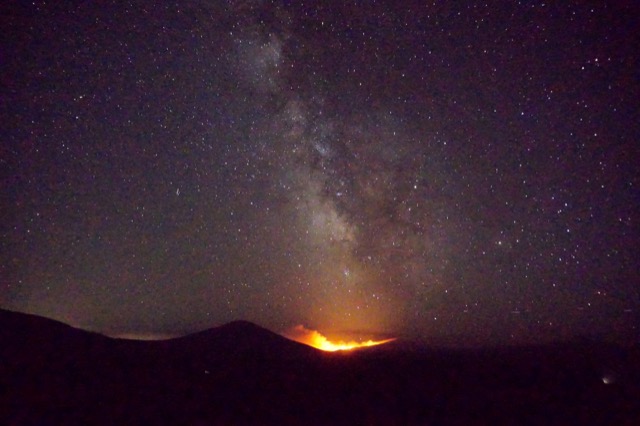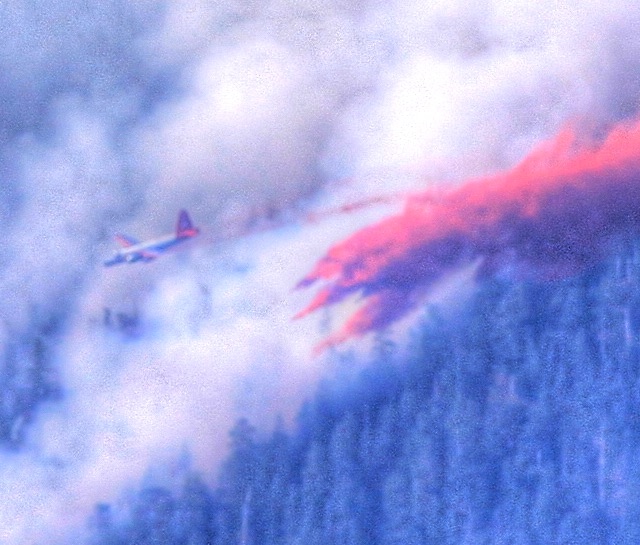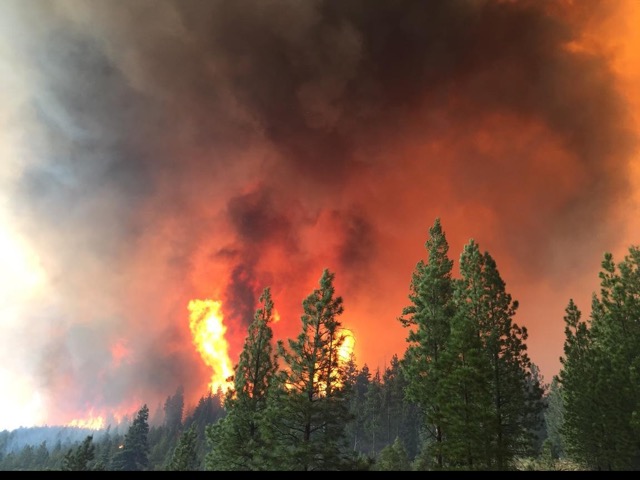News that a prescribed fire in Florida escaped control and burned 36 homes reminds me of a fire the Forest Service lit ten weeks ago near my home in central Oregon. To create a fuel break, the fire was set across a county road from the community of homes that forms the denser part of Camp Sherman.
Click on any image for a larger view.
Western forests are different from those in Florida, whose long growing seasons allow the rapid accumulation of flammable materials. The typical forest forest around Camp Sherman is ponderosa pine over knee-high (with some waist-high) shrubs, often with a few ponderosa pine seedlings in the mix. It takes many decades for enough fuels to collect to make these forests susceptible to major fires; according to a Forest Service report, less than 15 percent of national forests are of a type that needs frequent light fires (described as “historical fire regime I” in the report) and have had their vegetation significantly altered by management (“condition class 3”). Continue reading












